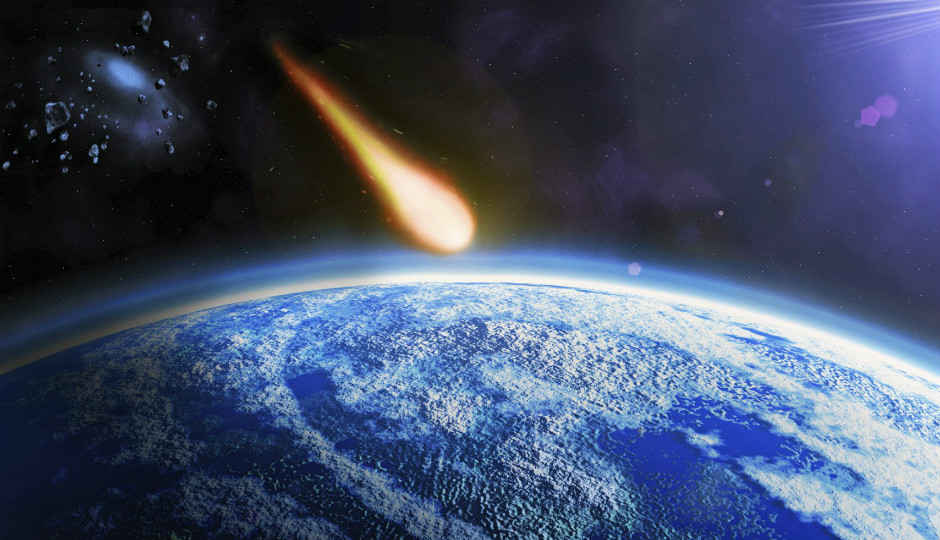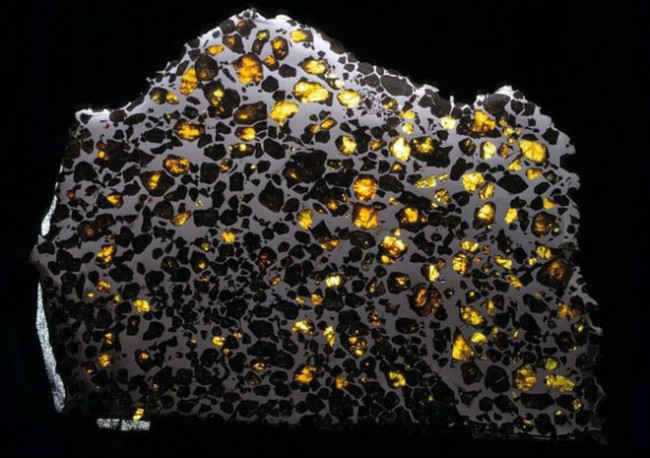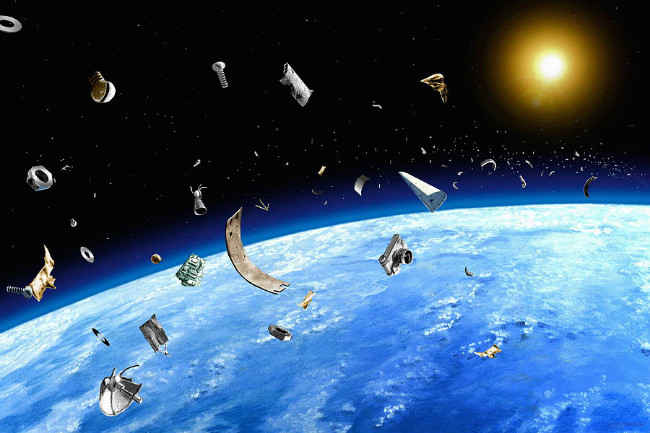How unlucky will you need to be to die of a meteor strike?

Is it really improbable, or have we simply been lucky?
At 12:30pm on Saturday, February 6 2016, a sudden unknown explosion at Bharathidasan Engineering College, Tamil Nadu, left one man dead and three others injured. The strength of the explosion shattered the glass of the windows and the windshields of the cars parked nearby.The explosion left a four-feet deep crater at the site, and the object held criminal for it was a tiny piece of rock, described to be bluish-black in colour. After the incident, Chief Minister J. Jayalalithaa stated that it was a meteorite that struck the site, resulting in the sudden demise and other serious injuries.
Despite the statement, it is yet to be examined and confirmed if, indeed, it was a meteorite. Naturally formed debris, or pieces of rock from outer space, known as meteoroids, enters the Earth’s atmosphere and burns up due to the friction. This often forms a spectacular illustration of light in the sky, which we call “shooting stars”. A meteorite is a smaller fraction of the same body, that travels through the friction and hits the surface of the Earth.
Meteorites: Death strike?
There have been a number of incidents of meteorite strikes, but none have resulted in death, as per records. The reasons are plenty. Sujan Sengupta, Associate Professor at the Indian Institute of Astrophysics, stated to The Wall Street Journal, “If a bigger asteroid enters the Earth’s atmosphere, it will disintegrate and travel in different directions and because most of the Earth’s surface is covered in water, it is most likely to fall into the ocean.”
Caltech’s Jet Propulsion Laboratory states on NASA’s website, “Every day, Earth is bombarded with more than 100 tons of dust and sand-sized particles. About once a year, an automobile-sized asteroid hits Earth's atmosphere, creates an impressive fireball, and burns up before reaching the surface. Every 2,000 years or so, a meteoroid the size of a football field hits Earth and causes significant damage to the area. Finally, only once every few million years, an object large enough to threaten Earth's civilization comes along. Impact craters on Earth, the moon and other planetary bodies are evidence of these occurrences. Space rocks smaller than about 25 meters (about 82 feet) will most likely burn up as they enter the Earth's atmosphere and cause little or no damage. If a rocky meteoroid larger than 25 meters but smaller than one kilometer ( a little more than 1/2 mile) were to hit Earth, it would likely cause local damage to the impact area. We believe anything larger than one to two kilometers (one kilometer is a little more than one-half mile) could have worldwide effects.”
"Once every few million years, an object large enough to threaten Earth's civilization comes along"
Such dynamics elucidate how improbable it is for a meteor strike to fatally harm, or kill, a human being. Ann Hodges, however, came closest to being the unluckiest woman to have been nearly killed by a meteor strike. Hailing from Sylacauga, Alabama, Hodges survived with a bruise on her thigh and hip after a meteorite crashed through the ceiling of her home, as she was enjoying a siesta. Individuals nearby spotted an arc-like fireball before the impact happened, and she was rushed to a hospital nearby. She recovered, and what ensued (post confirmation of the object being a meteorite) was a tussle over who gets custody of the piece of rock from outer space. After all, it is not everyday that you happen to come across one. Hodges managed to procure it, and donated it to the local natural history museum in 1956, where it remains on display.
There have been a number of instances, apart from this, that meteorites have wreaked havoc without actually killing humans. While some astronomers have reported very slim chances of one in 700,000 cases of death because of a meteor strike, many other reports suggest that the number of reported damages caused by meteor strikes across the world are nearly 100 every year. Harvard University’s International Comet Quarterly cites that a man in India was struck by a comet on his hand in 1827, while another case in 1915 states that a meteor strike tore off a woman’s arm in China.
Artificial debris orbiting our planet
Meteor explosions have also caused massive damage, although miraculously, we humans have somehow evaded death. In 1906, the explosion of a comet above Tunguska, Siberia, sent shockwaves that cleared an entire 6.2 sq. miles area of forest. In 2013, a meteor explosion above Chelyabinsk, Russia, gave rise to massive shockwaves that injured thousands of people and damaged many buildings. Somehow, neither of the explosions did not kill anyone. Sheer luck? So far, so it seems.
However, it is quite probable for a meteorite impact to kill. The constitution of the Earth is such that the atmosphere burns up much of the dust-like particles bombarding it every moment, every day. Add to that, majority of the Earth’s surface is made of oceans, leading to most of these objects falling into water, thereby saving human life. Surface evidence, research and historical records state that there have been numerous impacts that meteors, comets and asteroids have made with the surface of Planet Earth.
The report states, “On October 9, 1992, a fireball was seen streaking across the sky all the way from Kentucky to New York. A 27-pound stony meteorite (chondrite) from the fireball fell in Peekskill, New York, punching a hole in the rear end of an automobile parked in a driveway and coming to rest in a shallow depression beneath it.” Any extraterrestrial object with the size of above 10 metres potentially has five times higher kinetic energy than the nuclear bombs dropped on Hiroshima. The number of ring-like structures that have been caused by a crashing meteorite on the Earth surface is now over 100. A number of the natural lakes as we know them were formed within craters left by an astronomical strike, modified by natural forces across time. Such instances include the Ries Crater in Bavaria (25Km diameter) believed to have occurred 15 million years ago, and the Chicxulub, believed to occur once every 50-100 million years.
"Despite all the catastrophic, it remains improbable for outer space objects to kill humans"
We are constantly at a state of bombardment around us. JPL’s report on NASA states, “There are now more than 150 asteroids known that come nearer to the Sun than the outermost point of Earth's orbit. These range in diameter from a few meters up to about 8 kilometers. Estimates suggest that there are some 2,100 such asteroids larger than 1 kilometer and perhaps 320,000 larger than 100 meters. An impact by one of these larger meteors in the wrong place would be a catastrophe, but it would not threaten civilization. However, an impact by an asteroid larger than 1-2 kilometers could degrade the global climate, leading to widespread crop failure and loss of life. Such global environmental catastrophes, which place the entire population of the Earth at risk, are estimated to take place several times per million years on average. A still larger impact by an object larger than about 5 kilometers is damaging enough to cause mass extinctions. In addition, there are many comets in the 1-10 kilometer class, 15 of them in short-period orbits that pass inside the Earth's orbit, and an unknown number of long-period comets. Virtually any short-period comet among the 100 or so not currently coming near the Earth could become dangerous after a close passage by Jupiter.”
NASA, however, gives a note of relief. At present, there are no reported major asteroids on collision course with Earth, and going by our past and the estimated future, it will require a massive impact to really cause human death and mass catastrophe. Whether the Tamil Nadu tragedy was indeed the result of a meteorite crash remains a matter of analysis and study, for now. It may have been space debris that resulted in such an incident. For now, our chances of dying from a meteor strike seem lesser than being shot by a Cyborg, but then again, have we not read and re-read conspiracy theories of ancient scriptures hinting at the demise of mankind by a massive object from outer space?







